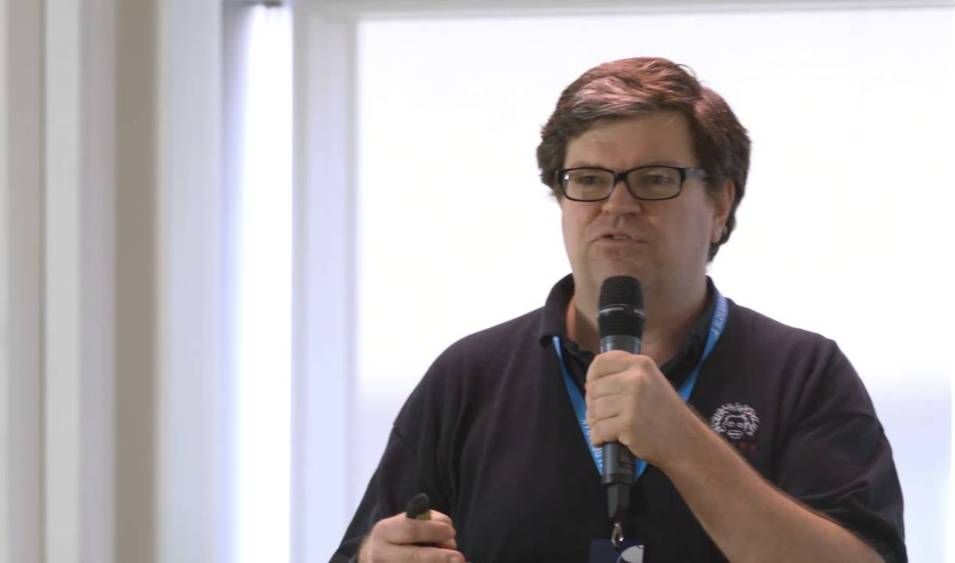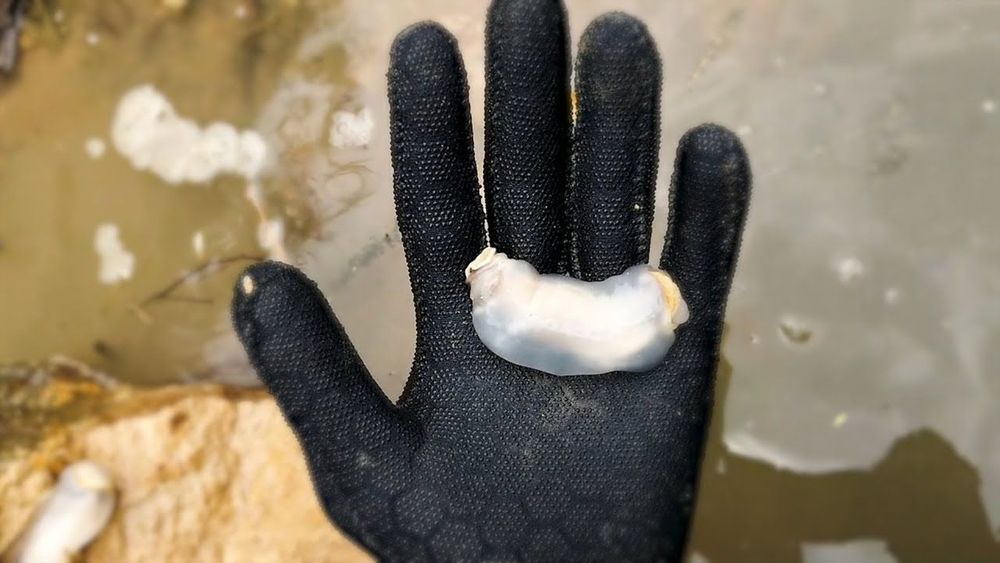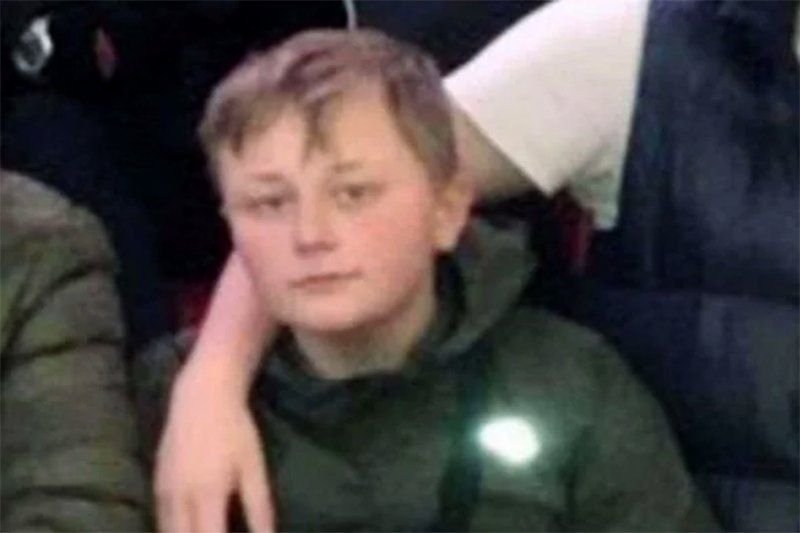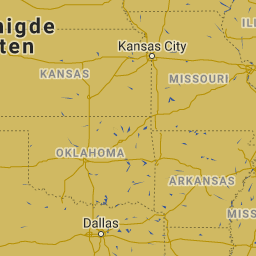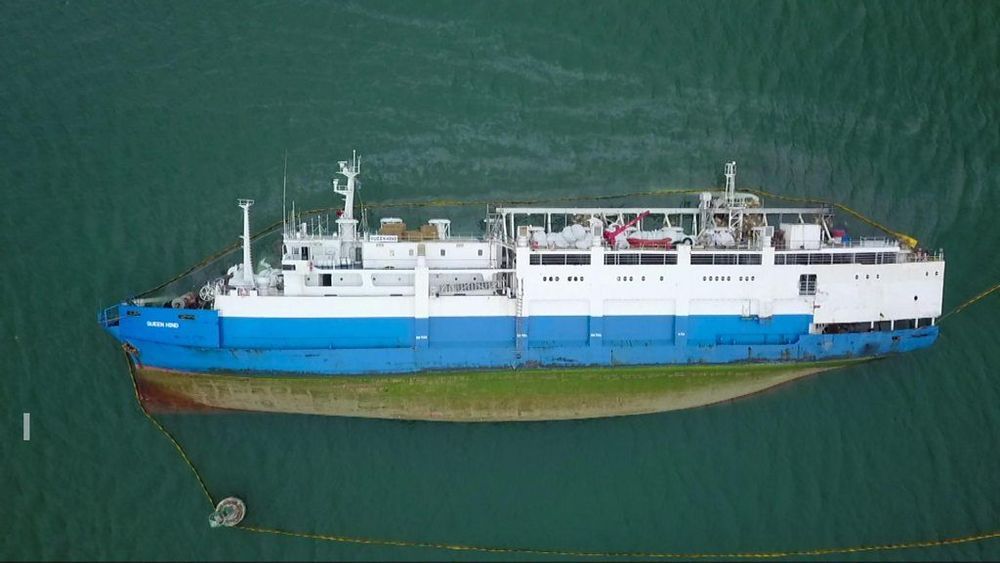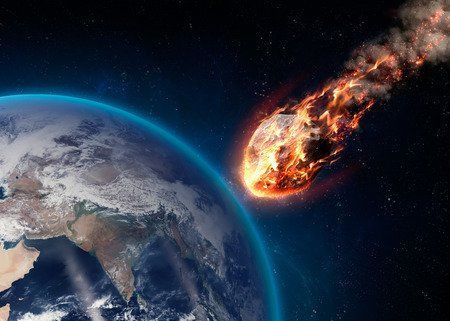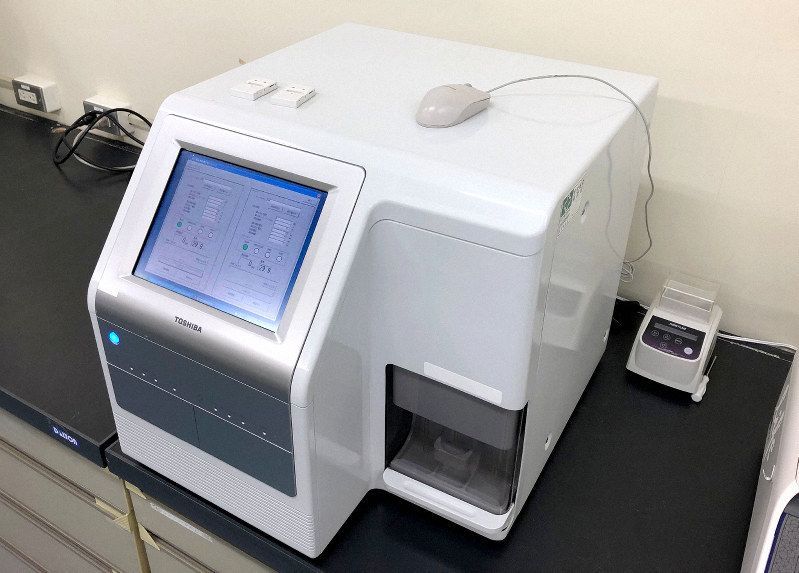The quest to develop the understanding for time crystalline behaviour in quantum systems has taken a new, exciting twist.
Physics experts from the Universities of Exeter, Iceland, and ITMO University in St. Petersburg, have revealed that the existence of genuine time crystals for closed quantum systems is possible.
Different from other studies which to date considered non-equilibrium open quantum systems, where the presence of a drive induces time-periodic oscillations, researchers have theoretically found a quantum system where time correlations survive for an infinitely long time.


